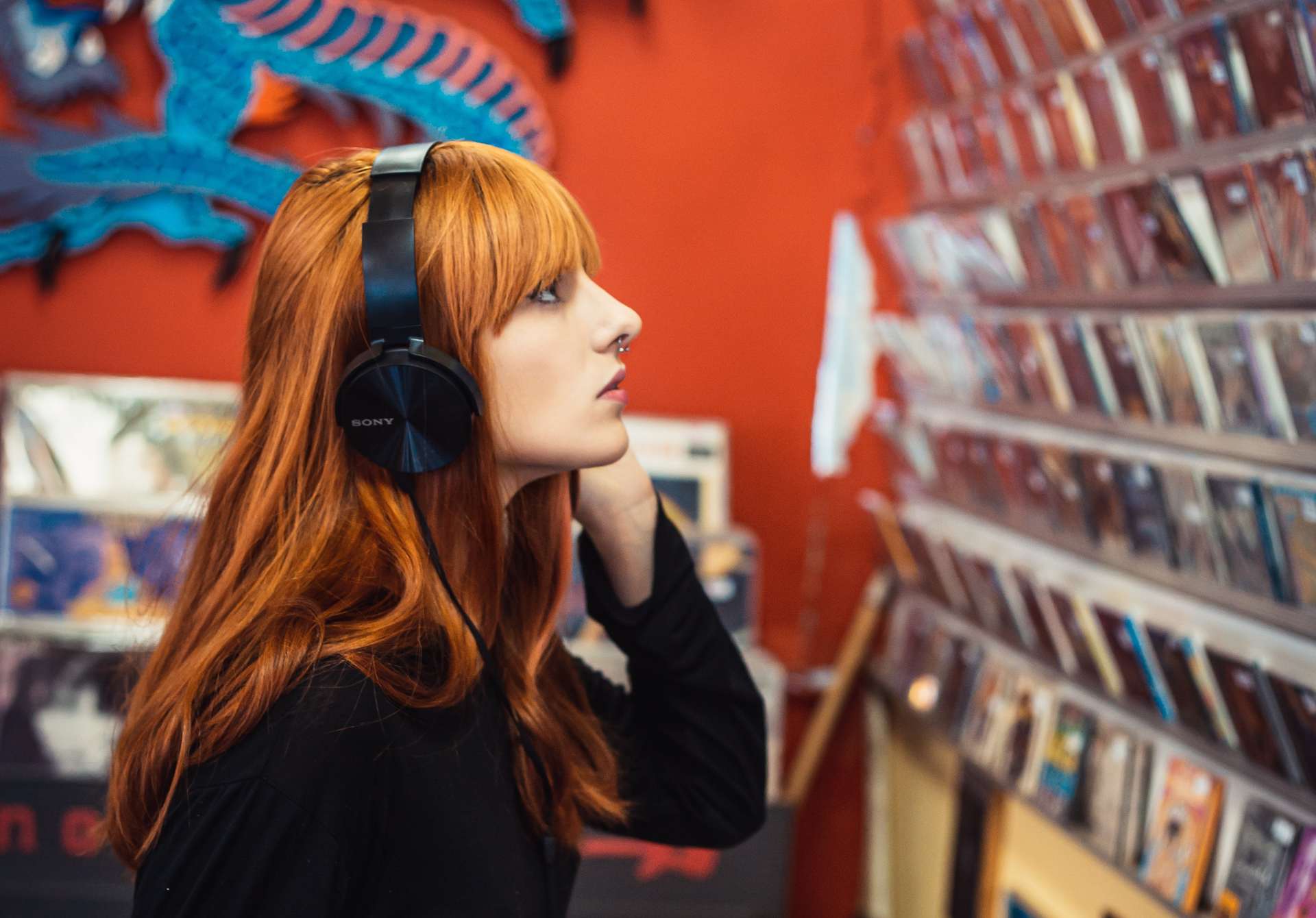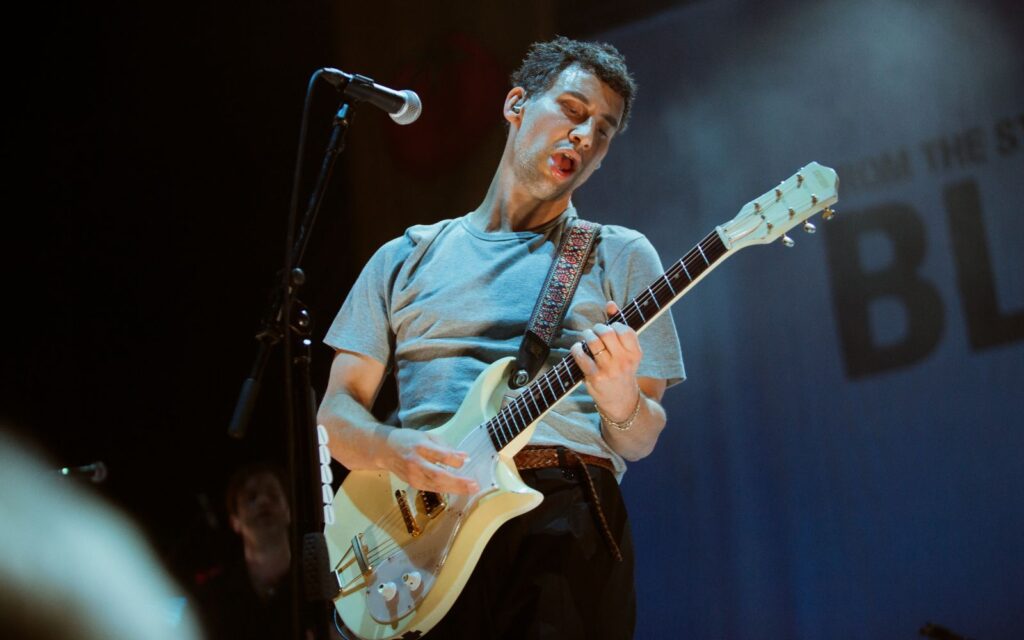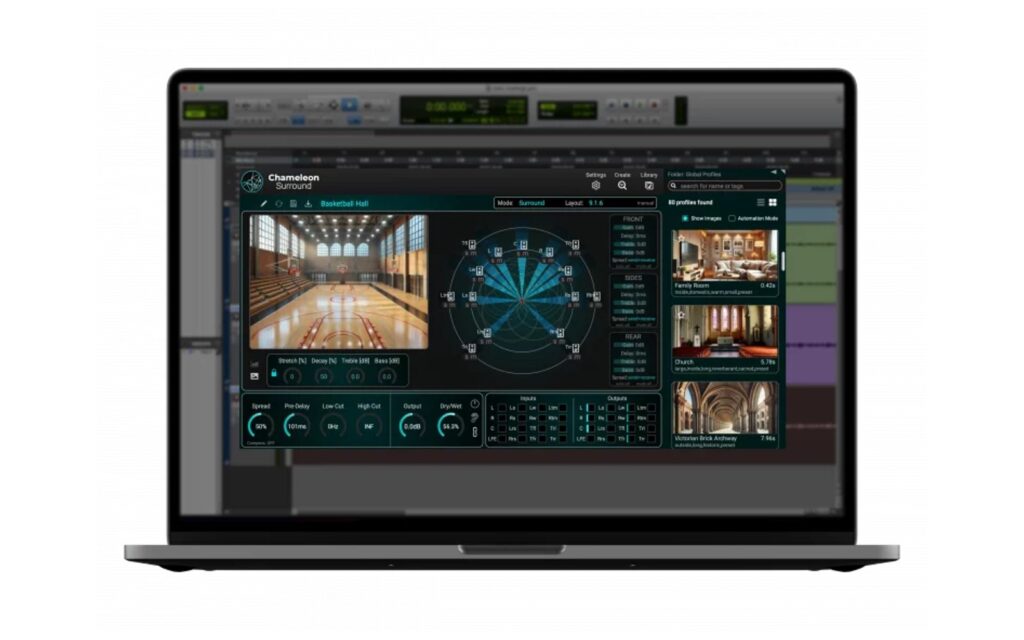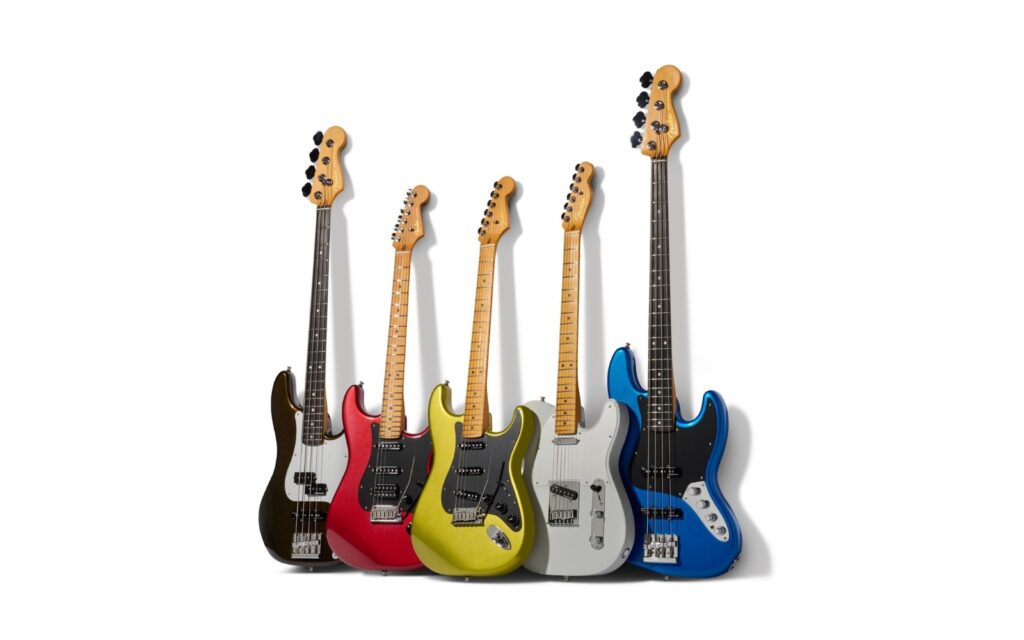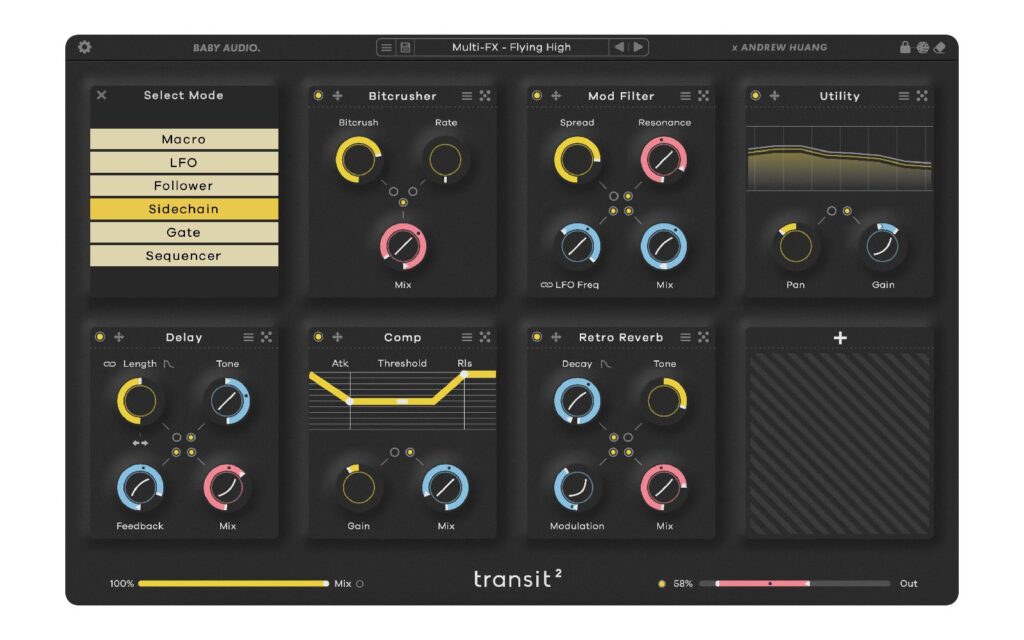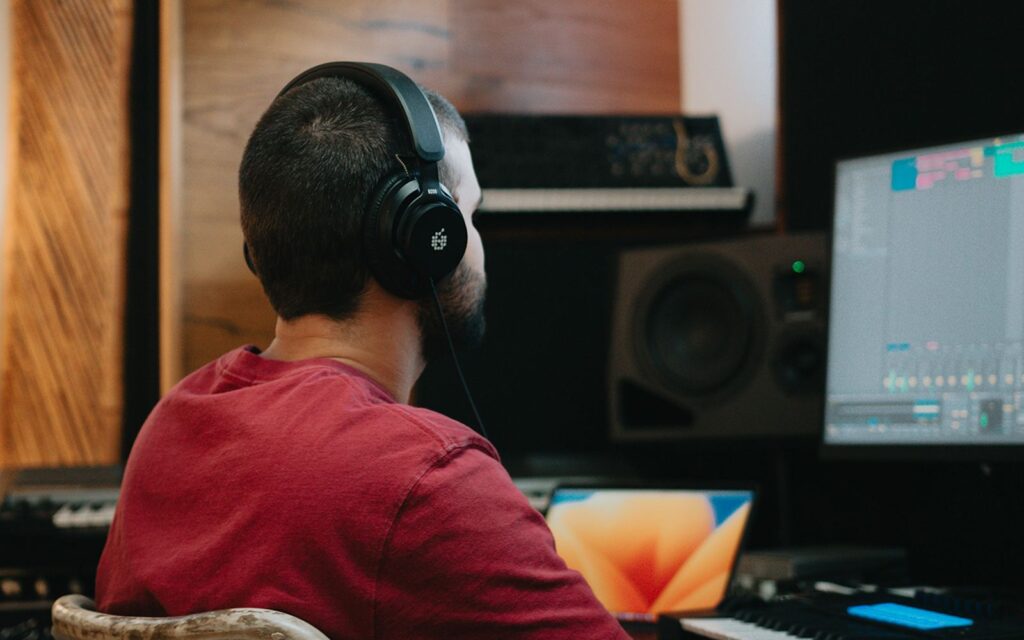The first steps are being taken by Universal, TIDAL and Deezer to develop a more artist friendly music streaming service.
The first steps are being taken by Universal, TIDAL and Deezer to build a new music streaming model that that will ensure the growth of streaming, yet also values artists and fans alike.
Read all the latest product & music industry news here.
By the end of 2021, paid subscription streaming revenues were worth US$12.3 billion with 523 million subscribers, with 46% of music listeners using subscription audio streaming.
Leading the charge is Lucian Grainge, CEO of Universal Music Group, the largest record company in the world.
“Streaming has evolved in a way that undervalues the critical contributions of many an artist as well as the engagement of many fans,” Grainge said.
This is, he added, against “the basic unarguable truth that is: The artists are the centre of everything in the music ecosystem.
“Ensuring the artists’ work is properly valued should be a critical goal for everyone who wants to keep the industry growing.”
New Partnerships
In recent weeks, Universal signed partnerships with TIDAL and Deezer to develop such a concept.
TIDAL already has some of the highest streaming rates in the industry, being one of the few to pay over 1 cent per stream when the average is $0.0128 per stream.
Creatives need about 80 streams to generate a dollar and 80,000 streams to earn $1000.
Deezer pays artists an average of $0.0064 per stream, or about 156 plays for $1 and 156,000 for $1000.
Comparatively on average, Spotify’s rate is $0.003 to $0.0084 a stream, Apple Music’s $0.0078, YouTube Music’s is $0.008, and Amazon Music’s is $0.004.
Nodding To UCPS
TIDAL and Deezer have been partial to the UCPS, or user-centric payment system.
Most streaming services pool their subscription fees and divide it, with the most number of streams getting the lion’s share.
But a UCPS sees each artist get $10 from each subscriber from the track they’ve streamed.
However, when TIDAL entered the Universal partnership, it also dropped its UCPS support.
Who Would Lose?
The current problem with the UCPS idea, according to various European studies, is that hip-hop and rap are among genres likely to see a decrease in royalties.
But classical music, blues, jazz, folk and metal would benefit, because listeners of these genres tend to more musically single-minded.
For that reason, Universal Music is insistent that a new equally-equitable model be found – and believes that a number of new models could be the answer.
Is Fan Monetisation the Key?
Grainge and Universal’s Chief Digital Officer Michael Nash say it’s too early to describe the new model, as it’s still being researched with partners.
But paramount will be rewarding artists who bring fans on to streaming services and keep them there longer, as will offering fans different returns for coming on board.
Nash ventured that streaming services could do “a better job of monetising these high integrity, high intense artist-fan relationships.
“That will come with superfan monetisation.
“We’ve been speaking with platforms… about the enhancement of offers to the consumer that reflect the engagement with artists that are really driving the economic models of the platform.”
This could mean artists would be able to offer exclusive content to consumers for a premium price.
For Deezer’s Paris-based CEO Jeronimo Folgueira, increasing fan experience would include super fan rewards, in-app live-streaming and VOD concerts, lyric translations and music quiz functionality.
He told Music Week:
“The current system has clear issues that need to be addressed, such as increasing amounts of non-music tracks uploaded on platforms, poor quality covers with misspelt artist names, songs [being used to] to ‘steal’ streams, and people trying to trick the system with the length of tracks.
“This hurts true artists, makes it harder for new ones to emerge and also damages the fan experience.”
Size Does Matter
Keeping fans on platforms longer would mean longer tracks get a greater slice of the revenue pie.
One analyst suggested that with this business model, the 31-second track would be relegated to history.
It could see a reversal in the trend of rock songs getting shorter – today one minute and 13 seconds shorter on average than 20 years ago.
Streaming has been blamed for this, although the shrinking attention spans of music fans is also a major reason.
At the moment, it’s in the interest of artists to keep their tracks under 3 minutes and 15 seconds, Mark Ronson told The Guardian, and snip the intros and outros to the minimum.
If a listener doesn’t tune in throughout, Spotify picks it up, puts it in the ‘non-complete heard’ file, and won’t recommend the track to anyone else.
Learning From Gamers
Gamer superstars showed their music counterparts how to find new ways to monetise their appeal, and their willingness to experiment with new business models.
There has been no foot-dragging when it comes to trawling for donations, endorsements, direct subscriptions, daily features to bring fans back regularly, and charging extra for exclusives such as Q&As, advice, requests and remixes, limited edition virtual gifts or having their comments left up for extra time.
A new model will change the way music fans behave, and the way the music industry markets to them – spending six to seven hours on a platform won’t necessarily mean listening to more music.
Like gamers, users will be multi-tasking, also chatting to friends or watching SOVDs on their laptop on the side.
Robert Price of influencer marketing agency Fourth Floor Creative pointed out that with so much content available, it’s “natural” for users to flick through, making it more important for creators to grip them from the start.
The New ‘New’
Gaming changed what’s considered “new” for music fans.
For instance, in some quarters, an album is no longer seen as being delivered as a finished product of 12 to 14 tracks, with biggest sales in its first six months.
It’s instead a “work in progress” with new tracks and packaging added at regular intervals, followed by sales spikes.
More Changes Of Behaviour
Any successful new model would have to adapt to further consumer behaviour changes in recent times.
The amount of fans with multiple streaming subscriptions continues to grow – to 19% in the second quarter of 2020 from 13% in the same period a year before, according to Midia Research.
This increase of choices also means there’s nothing to stop subscribers from cancelling.
This puts the heat on services for more compelling content with a focus on finding new things quicker.
Will Fans Pay More For an Indie-Friendly Model?
Many in the indie music sector argue artists and indie labels will never be compensated fairly as long as streaming services charge a low $10 to $15 a month.
If fans are dinkum about fair pay, they should be looking at a model of $40 to $60 a month.
As music writer Anil Prasad via Medium some years ago, an effective new model can’t be based on the way current major streaming services are, focused on making profit for investors.
“It needs to have a rock solid ethical and financial core.
“And it doesn’t have to put rampant profitability ahead of sustainability for artists and indie labels.”
The global indies sector made up US$10 billion of the music industry’s total $28.2 billion in 2021.
Direct-releasing artists alone turned over $1.5 billion with a 5.3% share.
In other words, this occurrs as indie labels get next to nothing from the major services, pull their tracks out and put them exclusively in a new indie-friendly model.
The piece highlights an idea by North American singer songwriter and activist Joe Mendelson of experimental hip-hop act Rise Robots Rise, and alt-rock band Quodia, where 90% of all revenue goes to either the artist or indie label.
The first listen is free, and after that you rent it for 10 cents a play, or pay $1 to stream or download, or pay a subscription of $40 to $60 to stream the catalogue.
The Spotify Factor
Spotify, the pinup bad-guy for low streaming rates, this month opened the door for more fan monetisation by announcing a new slate of features to create stronger bonds been creators and consumers.
‘Marquee’ recommends (for payment) a new release for users who showed interest in an artist’s music, while ‘Showcase’, which introduces an artist to likely listeners, will be expanded in the future.
Through ‘Discovery Mode’, an artist’s team pick their priority tracks, which Spotify will add to the algorithms that shape personalised listening sessions.
Spotify users are about to see more merchandise and concert listings in more places across the app, too.
“Spotify recommendations drive close to half of all users’ streams,” revealed Gustav Söderström, Spotify co-president and chief product & technology officer.
“When listeners decide to follow a creator, they listen to, on average, five times more of their music.
“That’s why discoveries on Spotify – unlike many other platforms – give creators so much more than just a fleeting moment of viral fame…(for) meaningful, long-term connections.”
Read our article about the history of music streaming here.
